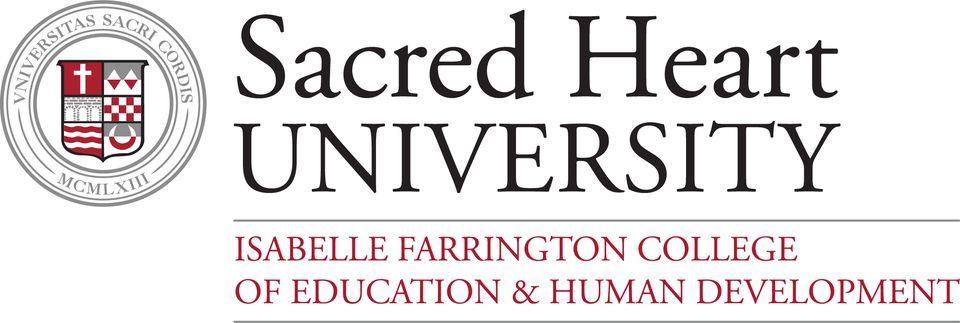Document Type
Article
Publication Date
12-2015
Abstract
Current research in K-12 online learning in Canada has focused on defining distance learning and its current strengths and weaknesses. Yet, the proliferation of technologies and digital learning spaces has led to the emergence of new instructional strategies and digital learning practices for teachers in many K-12 classrooms, both online and onsite. Traditional school-based classrooms are incorporating technology-supported open learning options, creating “blended learning” opportunities where at least part of instruction occurs in a classroom, part online at a distance to the teacher, both combined with some element of choice in learning for students. For these emerging practices little is known empirically, only anecdotally, as research into these practices has been limited or nonexistent, particularly in Canada.
The 2015 State of the Nation: K-12 E-Learning in Canada report is an abbreviated study that examines the nature of the governance and level of activity of K-12 distance, online and blended education in each province and territory, as well as for First Nations, Metis and Inuit.
DOI
10.13140/RG.2.1.2872.9207
Recommended Citation
Barbour, M.K. & LaBonte, R. (2015). State of the nation: k-12 e-learning in Canada. Abbreviated edition. Canadian e-Learning Network, 2015. doi:10.13140/RG.2.1.2872.9207
Included in
Elementary and Middle and Secondary Education Administration Commons, Online and Distance Education Commons



Comments
Technical report. 2015 abbreviated edition.